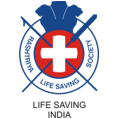
We welcome the historic UN Resolution on Drowning Prevention proposed by Bangladesh and Ireland. We congratulate all who made it possible including RNLI, RoyalLifeSaving. It means a lot to Rlss India as we are committed to lead the drowning prevention efforts.
In India the Resolution should promote greater concern for drowning deaths and enhance acceptability of life saving programmes. Perhaps the most important impact of this Resolution would be a stronger will among people and the administration to activate drowning prevention programmes particularly aimed at the youth and children of the country.
Very little data on drowning is available from our villages, where 70% of our country live. There are many water bodies that are unattended, far from habitation and a drowning goes unnoticed till it is too late. It takes barely 3 to 5 minutes for a person to drown and die. As per the Government of India about 30,000 people drown annually in India. The numbers could be a lot bigger. My estimate is close to over 100,000 yearly as drowning is common in our villages. In rural India, drowning accident are difficult to solve as the body is rarely found at the scene of the accident and if found it is beyond recognition. They are therefore rarely reported under-playing the number of lives lost to drowning.
A FEW THOUGHTS ON DROWNING PREVENTION
By Retd. Rear Admiral P D Sharma,
Founder President RLSS (India)
First and foremost – “Teach Them to Swim If You Do Not Want Them Drowned”, said late Dr Mackenzie after years of experience in dealing with drowning prevention with Surf Life Saving Australia. Swimming, therefore, must be introduced as a compulsory requirement starting at preschool and completed before a student finishes school.
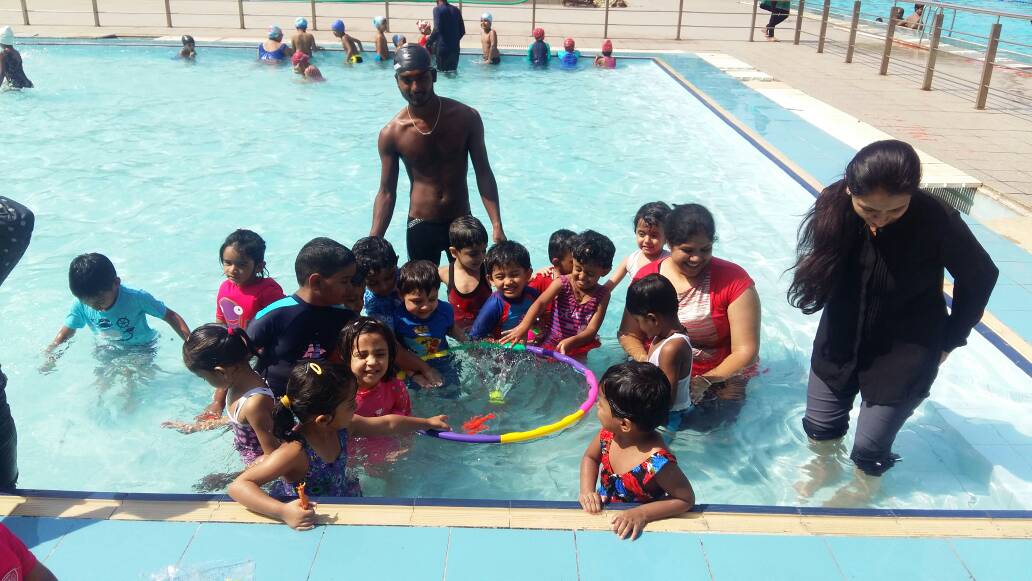
Most common causes of drowning accidents are inability to swim, panic in water, unattended children, unattended baths, falling through ice, alcohol consumption, drugs, seizures, heart attacks, murder and suicide. If these are addressed drowning deaths can be reduced.
School picnics parties near a water body are popular but rarely accompanied by a lifeguard or a lifesaver often resulting in drowning of a child while chasing his ball to the water! Greater vigilance and care is needed to prevent such mishaps. Water bodies near residential area or along a pathway/road should be fenced.
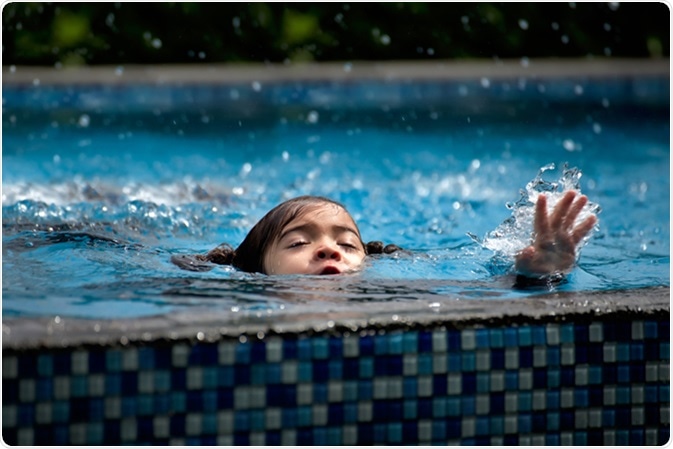
Remember that drowning is a silent killer. This must be understood and discussed widely. There is no waving of hands or shouting for help. An alert and vigilant Lifeguard or a Knowledgeable Bystander/ Lifesaver are the only answer to prevent a drowning.

Lifesavers add value to life and make it safer for all of us. RLSS (I)’s dream and motto to have a “Lifesaver” in every home needs to be supported. The Society is creating an organisation from States to Districts to Panchayats and finally at the villages, training a lifesaver in every home.
There is general lack of enthusiasm to learn first aid/lifesaving but playing a game is usually welcomed. Hence, promote “Lifesaving Sports” to create a huge bank of lifesavers. It is a fascinating game and only qualified lifesavers can play it. It is popular internationally. RLSS (I) has been playing it since 2003 and supporting participation in international events under the aegis of International Lifesaving Federation (ILS) and the Royal Life Saving Society (Commonwealth) RLSS (CW). The Society has conducted 17 National Championships and participated in 14 International events.
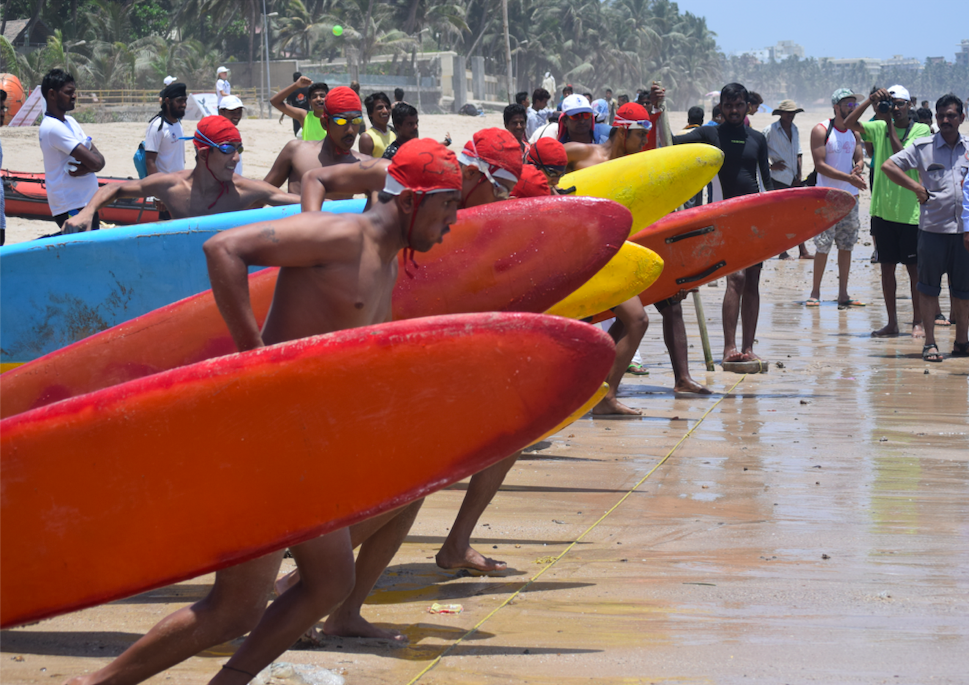
In our experience if one teaches a woman (Mother/Care Giver) first aid or lifesaving a whole family benefits. Hence promote learning lifesaving skills among girls and women.
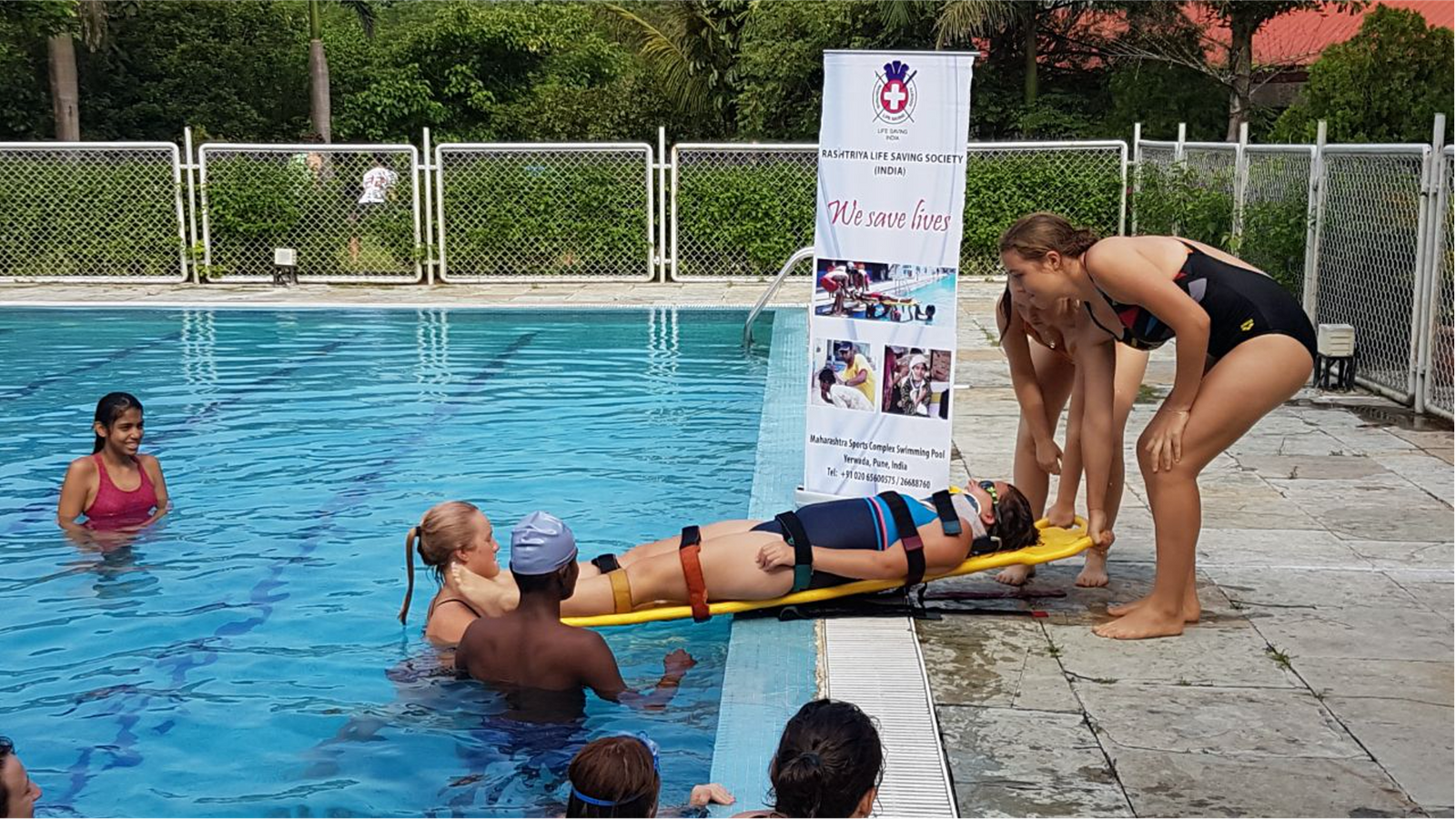
The above are some points that readily come to my mind in support of drowning prevention that can be discussed to implement preventive measures as enumerated above. The Rashtriya Life Saving Society (India) has been leading efforts in the country to reduce drowning deaths through its awareness and training programmes and popularising swimming, learning lifesaving skills in water including rescue and revival of a drowning victim for the last 21 years. Finally let us collectively work to train a lifesaver in every home. It may be difficult to achieve but certainly not impossible!
- WHO Global Report on Drowning: Preventing a Leading Killerexternal icon: This report provides current knowledge about drowning and drowning prevention and calls for a substantial scaling up of comprehensive efforts and resources to prevent drowning.
- WHO Preventing Drowning: An Implementation Guideexternal icon: This guide provides practical steps to reduce drowning through 10 evidence-based interventions and strategies. It also highlights ways to strengthen drowning prevention interventions through public awareness and engagement.
